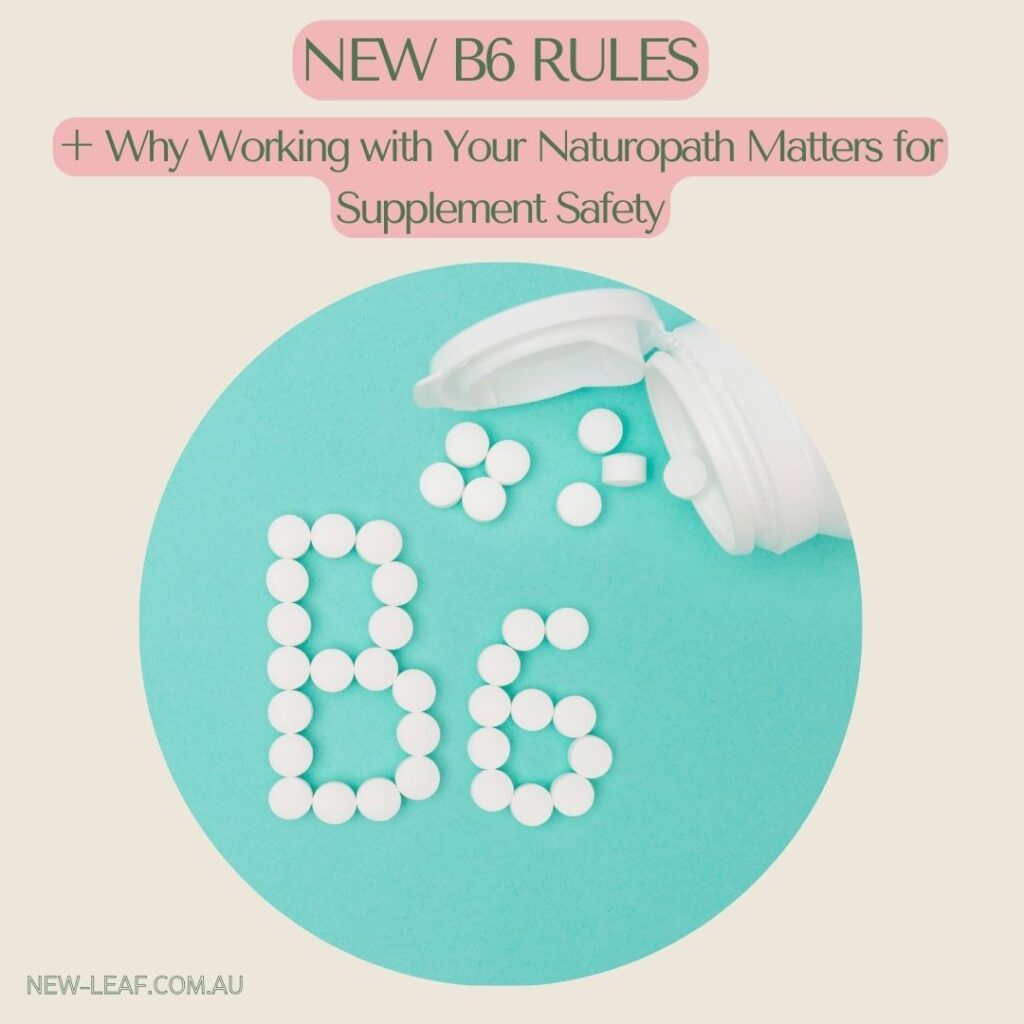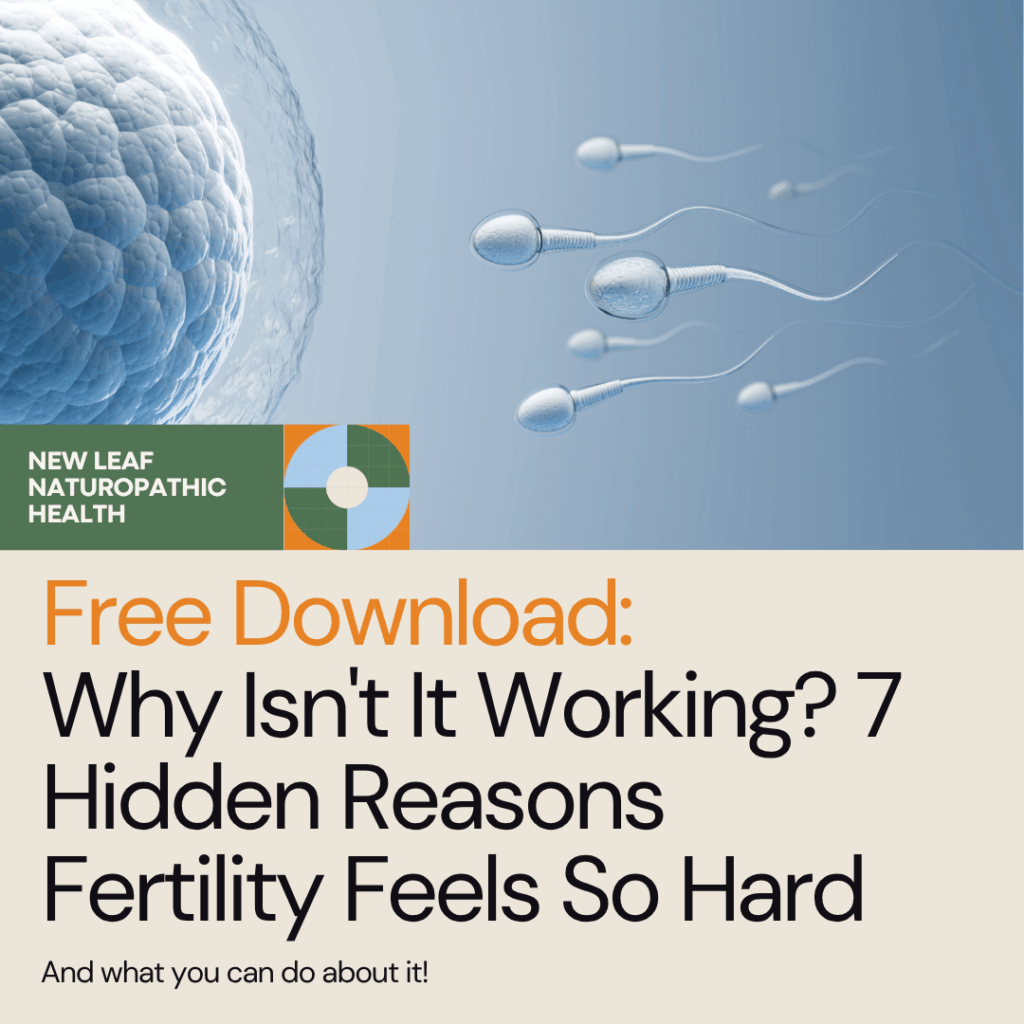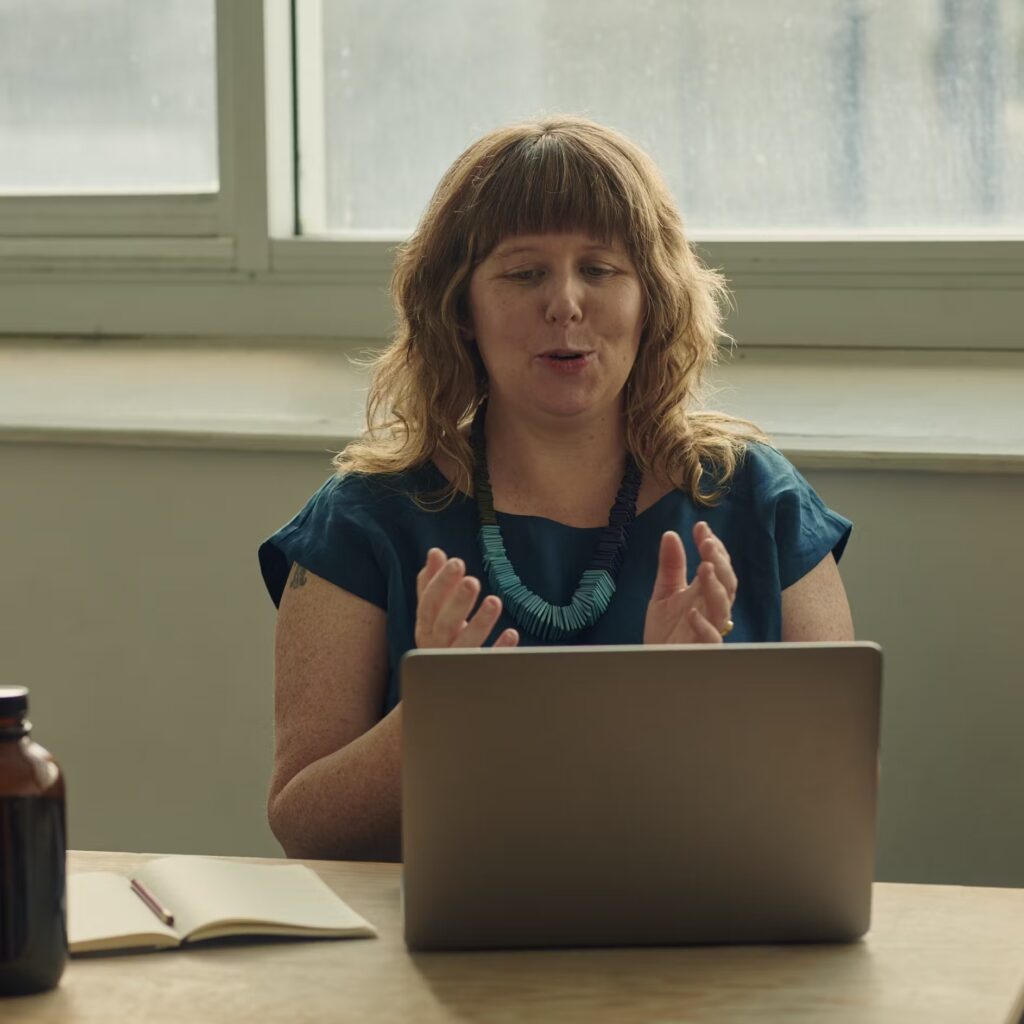What’s Actually Happening with Vitamin B6?
The TGA (Australia’s medicine regulator) is proposing new rules for vitamin B6 supplements following reports of peripheral neuropathy in some people taking high doses. Before you panic – this is quite rare and usually happens when people take very high amounts (often 500mg+ daily) for months, or accidentally combine multiple products containing B6.
Here’s what the proposed changes look like:
- Supplements (listed medicines): Maximum 50mg per day
- Pharmacy-only medicines: 50-200mg per day (pharmacist consultation required)
- Prescription-only: 200mg+ per day (doctor’s prescription required)
The Sneaky B6 Problem Nobody Talks About
- Here’s what makes this tricky: vitamin B6 is everywhere. It’s not just in your multivitamin – it’s hiding in protein powders, energy drinks, fortified cereals, PMS formulas, and even cold remedies.
- Let’s paint a picture: You grab a protein powder for breakfast (20mg B6), take your multivitamin (25mg), have a fortified cereal (5mg), pop a PMS formula during that time of the month (50mg), and then reach for a cold remedy when you’re feeling run down (another 30mg). Suddenly, you’re at 130mg without even realising it.
- This is exactly why 32 adverse events were reported to the TGA – mostly from people who thought they were being health-conscious but were accidentally overdoing it.
What Is Peripheral Neuropathy, Anyway?
Peripheral neuropathy sounds scary, but it’s simply damage to the nerves outside your brain and spinal cord. Symptoms include:
- Tingling, numbness, or burning sensations
- Weakness (usually starting in hands and feet)
- Pain that feels like pins and needles
- Problems with coordination
The thing is, peripheral neuropathy has many causes – diabetes, nutrient deficiencies (yes, including B6 deficiency), infections, autoimmune conditions, and toxin exposure. It’s not automatically a B6 toxicity issue.
The Science Behind B6 Toxicity
Vitamin B6 toxicity is genuinely rare. Here’s what the research shows:
- Toxicity typically occurs with doses over 500mg daily for extended periods
- There’s no consistent evidence of toxicity under 200mg/day when proper neurological assessments are done
- Many reported “low-dose” cases lack clear data on actual intake or clinical confirmation
- Symptoms are usually reversible when supplementation stops
Interestingly, the symptoms of B6 toxicity can mimic B6 deficiency – which is why proper assessment matters.
Why This Matters for Your Health Journey
This isn’t about creating fear around supplements – they can be incredibly helpful when used appropriately. It’s about being smart with your choices.
Think of it this way: you wouldn’t randomly combine prescription medications without medical guidance. Supplements deserve the same careful consideration.
Your Practical Action Plan
Become a Label Detective: Don’t forget to check protein powders, energy drinks, and fortified foods. Look for these names on everything you consume:
- Vitamin B6
- Pyridoxine
- Pyridoxal
- Pyridoxamine
Do the Math:
- Add up the B6 from all sources. If you’re getting close to 50mg daily from multiple products, it’s time to reassess.
Know the Warning Signs:
- If you experience tingling, numbness, burning, or weakness in your hands or feet, stop B6-containing supplements and see a healthcare professional promptly.
Don’t Self-Prescribe:
- Especially avoid grabbing multiple products from the chemist or health food store without professional guidance. What seems like a minor addition could tip you over the edge.
Tell Your Practitioner Everything
- Always let your naturopath, nutritionist, or doctor know about ALL supplements – even the “minor” ones like protein powders or fortified foods.
The Naturopathic Advantage to Managing B6 Supplementation
This situation perfectly illustrates why working with practitioners trained in nutritional medicine matters. Naturopaths, nutritionists, and herbalists are specifically educated in:
- Understanding nutrient interactions
- Calculating appropriate doses for individual needs
- Recognising early warning signs
- Assessing your complete supplement picture
- Avoiding these exact scenarios
We’re trained to see the forest, not just the trees. Read more about us and how we work here
What We’re Doing at New Leaf
- We’re reviewing all our current recommendations and will be checking B6 levels in any protocols we’ve suggested. If you’re taking supplements we’ve recommended, don’t worry – we’ve always been conservative with dosing.
However, if you’ve added anything extra on your own, please let us know so we can ensure your total intake is safe.
The Bigger Picture
- The media coverage around this has been somewhat sensationalised, but the core message is important: supplements aren’t lollies. They’re powerful tools that work best when used thoughtfully.
This is also a reminder that the TGA is actively monitoring supplement safety – just like they do with other medications and supplements.
Moving Forward Safely
Remember, this isn’t about avoiding supplements altogether. It’s about using them intelligently. The goal is getting the benefits without the risks – and that’s exactly what qualified practitioners help you achieve.
If you’re experiencing any symptoms or want to review what you’re currently taking, don’t hesitate to reach out. We’re here to help you navigate this safely and effectively.
Have questions about your current supplement routine? Book a consultation with our team to ensure you’re getting the benefits without the risks. We’re here to help you feel your best, safely.







